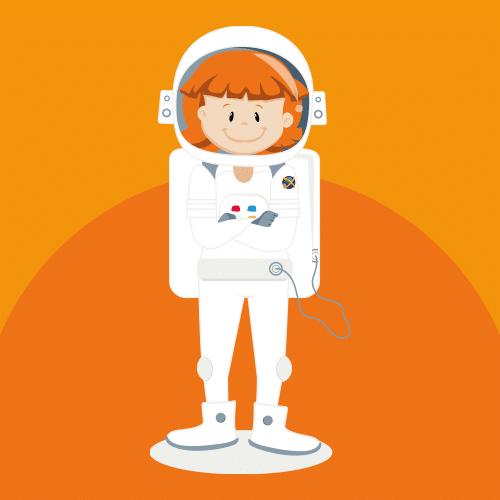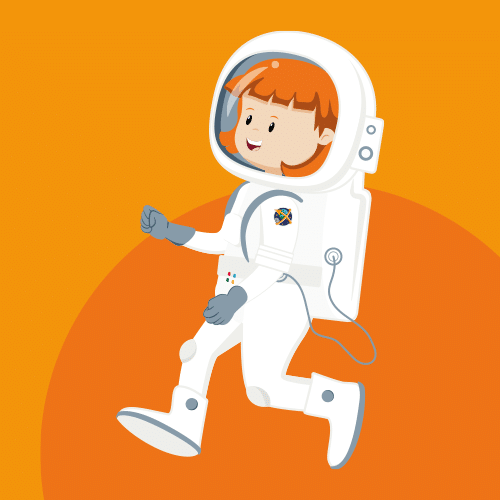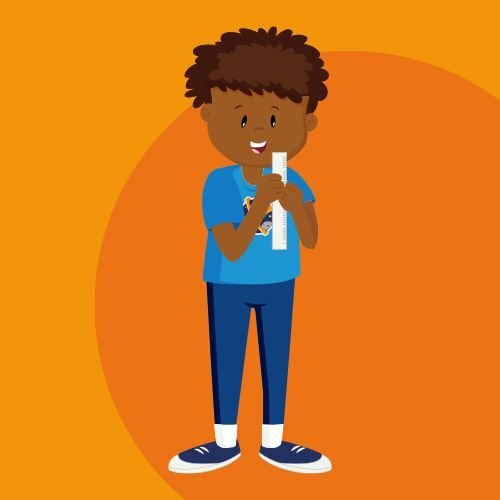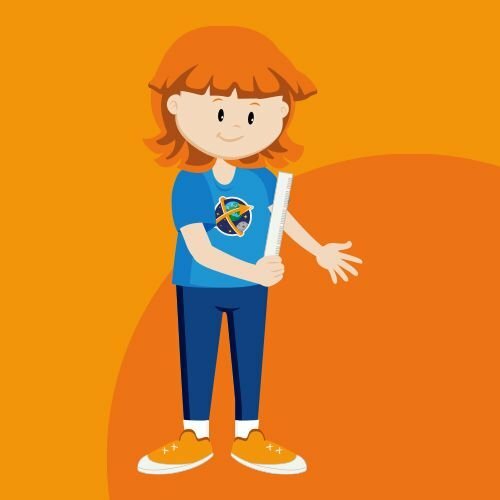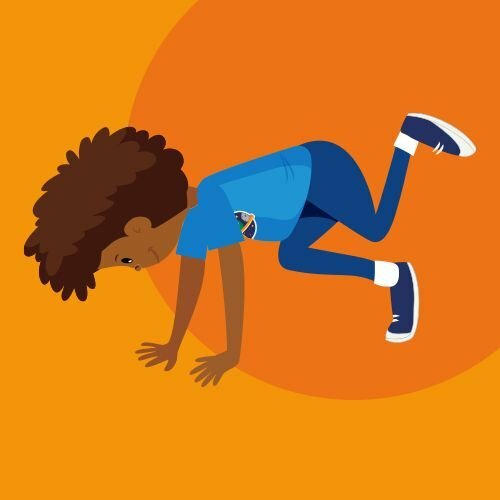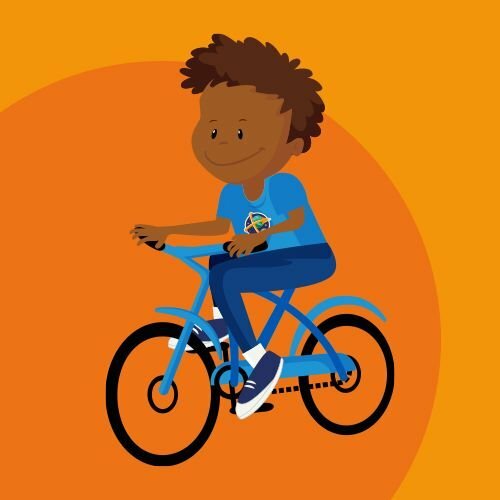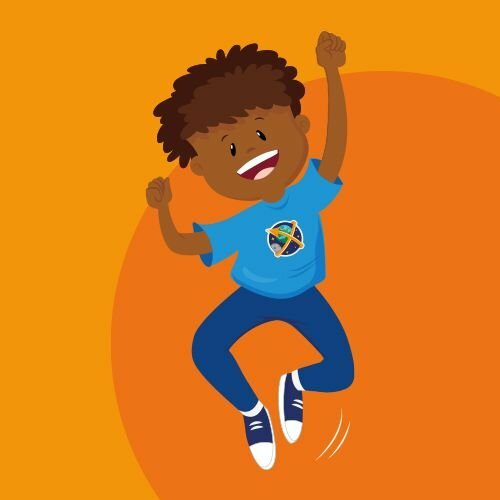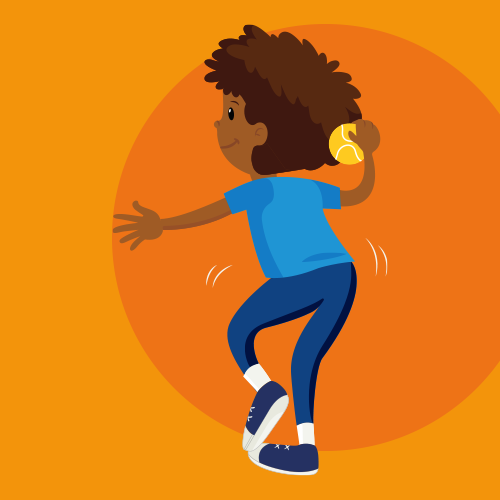Time for a brain (and body) twisting game! Using your flexibility and agility, we want to see you navigate your way to the ISS on a course of hand and footprints. The goal is to …
Your MissionAccumulate a total of 42 km (26.2 mi) as a team, an individual or as a family… it is up to you! SkillsAgility, Endurance, Strength Note This activity was originally created by UKSA as a …
Your Mission Playing sports requires teamwork and preparation. Teammates must work together. In space, astronauts also must react to new situations as a team. Their teamwork is imperative to the success of a mission, and …
Your Mission: Measure different body parts and explore how these measurements might change in space. How tall are you? Are you sure you know the answer? Studies show that the height of an astronaut increases approximately …
Your Mission: Perform a reaction time activity using a ruler to practice hand-eye coordination and concentration. In preparation for space travel, astronauts invest many hours in practicing their hand-eye reaction time. Operating the robotic arm …
Your Mission: Perform the “bear crawl” and “crab walk” to increase muscular strength and improve upper and lower body coordination. In a reduced gravity environment, astronauts are unable to walk like they do on Earth. …
Your Mission: Perform a series of somersaults on the ground to improve body coordination, flexibility, balance and strengthen your back, abdominal and leg muscles. In the microgravity environment of the International Space Station astronauts can …
Your Mission: Train with a cycle to improve leg muscles, cardio-vascular fitness and endurance. One exercise device that is regularly used by astronauts on the International Space Station is the cycle ergometer. The cycle provides …
Your Mission: Perform an activity that blends together squats, pushups, and jumping in the air (burpees) to promote muscular strength, agility, coordination and endurance. In a reduced gravity environment, muscles and bones can become weak, …
Your Mission: Perform throwing and catching techniques on one foot to improve balance and spatial awareness. On Earth, we use a variety of cues to sense the position of our bodies, while stationary or moving. …

